Once in Kirkwall we really had to do the tourist thing and two minibuses and tour guides were duly arranged to pick us up at 9am. We then did a whirlwind tour of mainland Orkney – the home for three-quarters of the population of the Orkneys. The name Mainland sounds a slightly weird one but is in fact a corruption of the Old Norse name for the island – Meginland, though prior to that it was also known as Hrossey meaning ‘horse island’. The first stop was the Standing Stones of Stenness. These are the remaining megaliths of a complete henge, but even though few remain, at nearly 6 metres high, the stones make their mark on the landscape. From there we headed on to the Ring of Brodgar and then Skara Brae and Skaill House – an area that is known as the Neolithic Heart of Orkney. Much of the area remains unexcavated and extensive archaeology remains below the surface, but there is only so much which can be done.
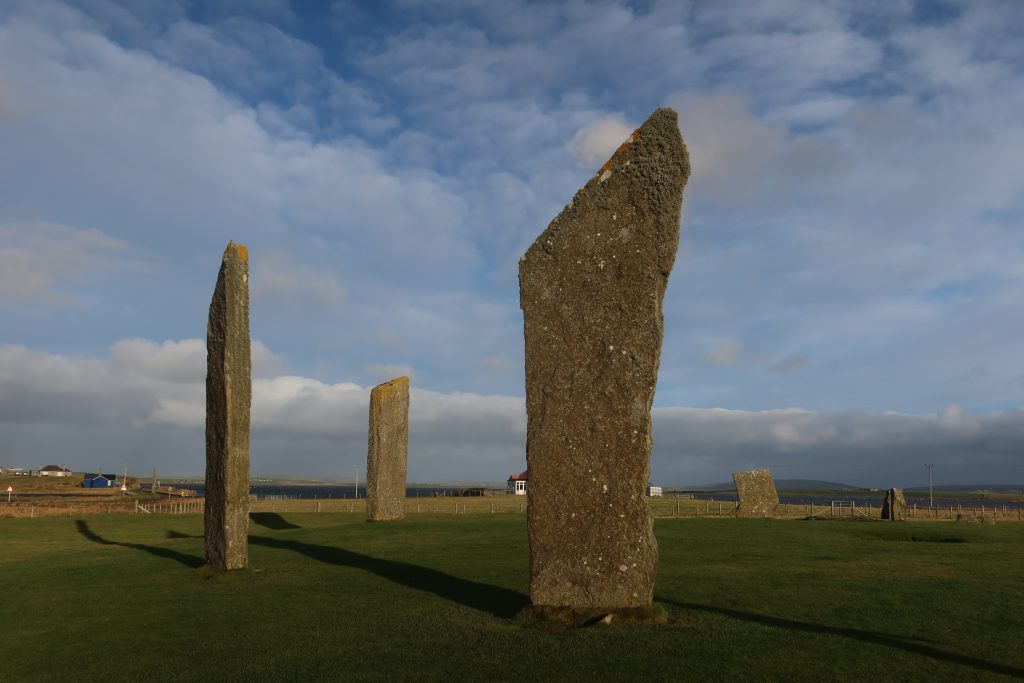
Skara Brae has UNESCO World Heritage listing and is thought to be the best preserved and most complete Neolithic village. The site was occupied from around 3180 BCE to around 2500 BCE and no-one really knows why they left. It seems likely that the intrusion of the sea in a storm to their fishing lake made the area unsustainable, but this is just one of many theories. It consisted of ten clustered houses made of flagstones in earthen dams which provided support for the walls. When we hear them described as Neolithic we tend to make assumptions about how primitive they were. However, the houses included stone hearths, beds, and cupboards along with a primitive sewer system. This included “toilets” (though not as we would think of them) and drains in each house with water used to flush waste into a drain and out to sea. Not exactly primitive!
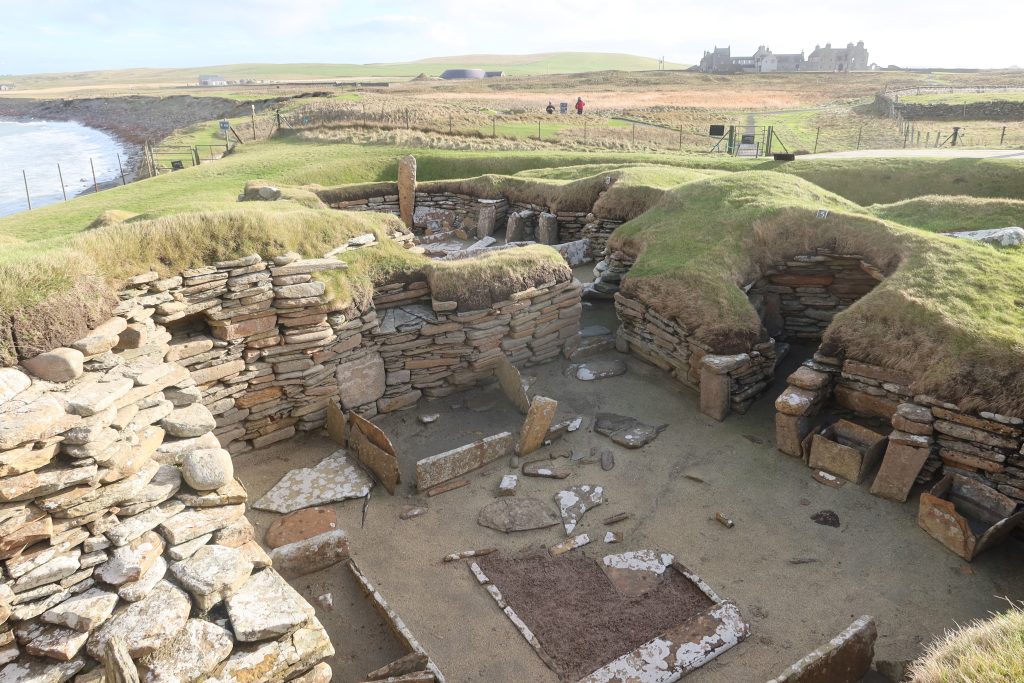
The next stop was the Kirbuster farm museum. This is the last un-restored example of a traditional ‘Firehoose’ in Northern Europe and is remarkable for being scarceky unchanged through its existence. The house has a central hearth with a peat fire, and a stone neuk bed. This is similar to the sort of Neolithic interiors at Skara Brae. The house was occupied up until the 1960s and largely unchanged throughout the years – a real time capsule of a life no longer lived.
From there we headed down to the Churchill Barriers and the Italian Chapel. Though this was the second time I had seen it, it was no less moving. The care and attention which went into adapting these Nissan Huts into a church is remarkable and a real tribute to the prisoners of war who did it. Back at the boat around 3pm we had a quick cup of tea before we were gathered together and the skipper announced – we’re off ….
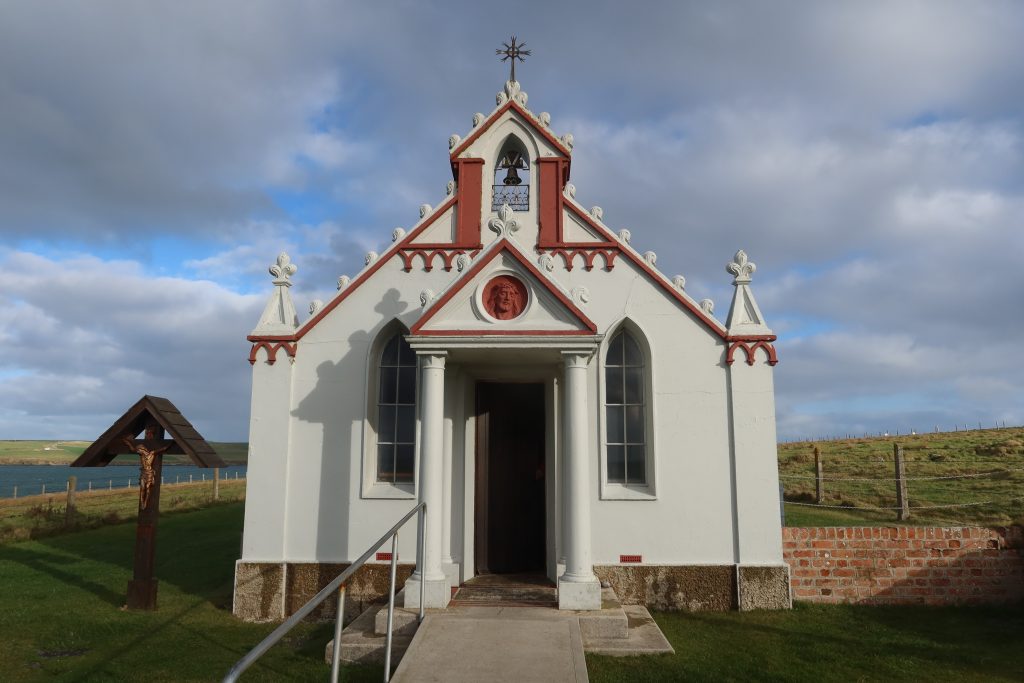
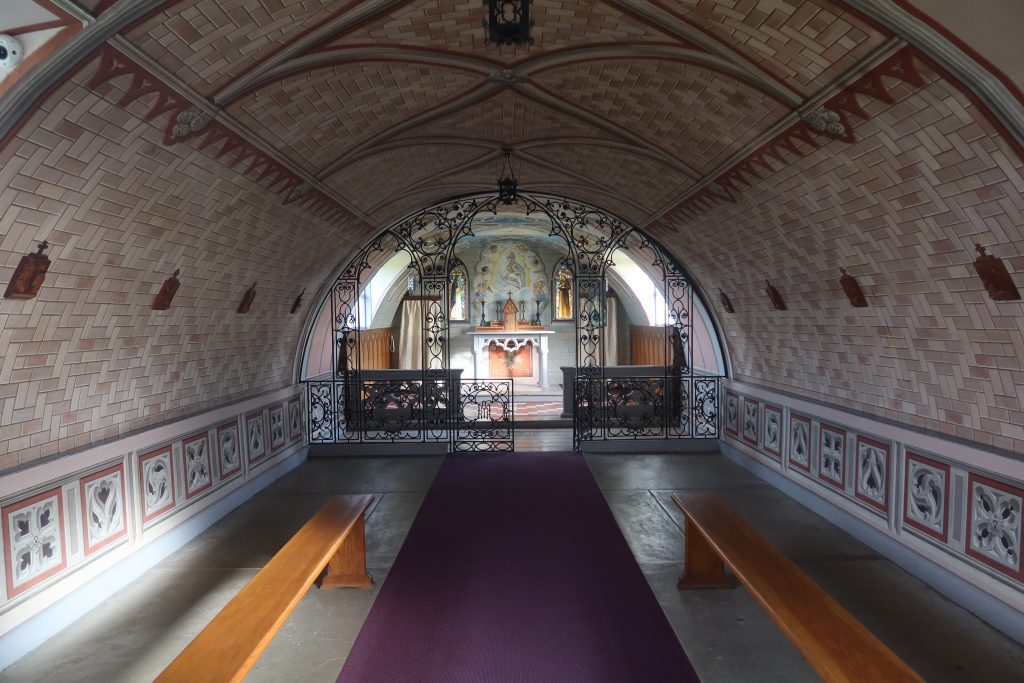
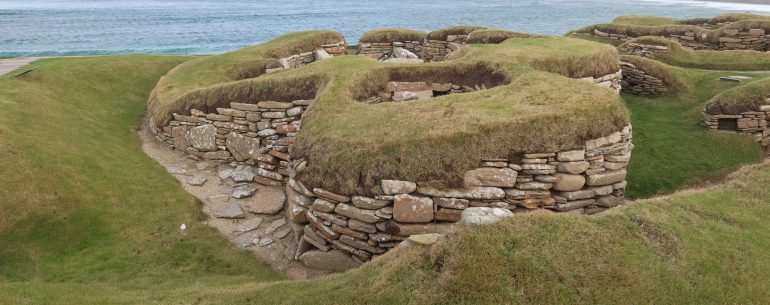
Leave a Reply